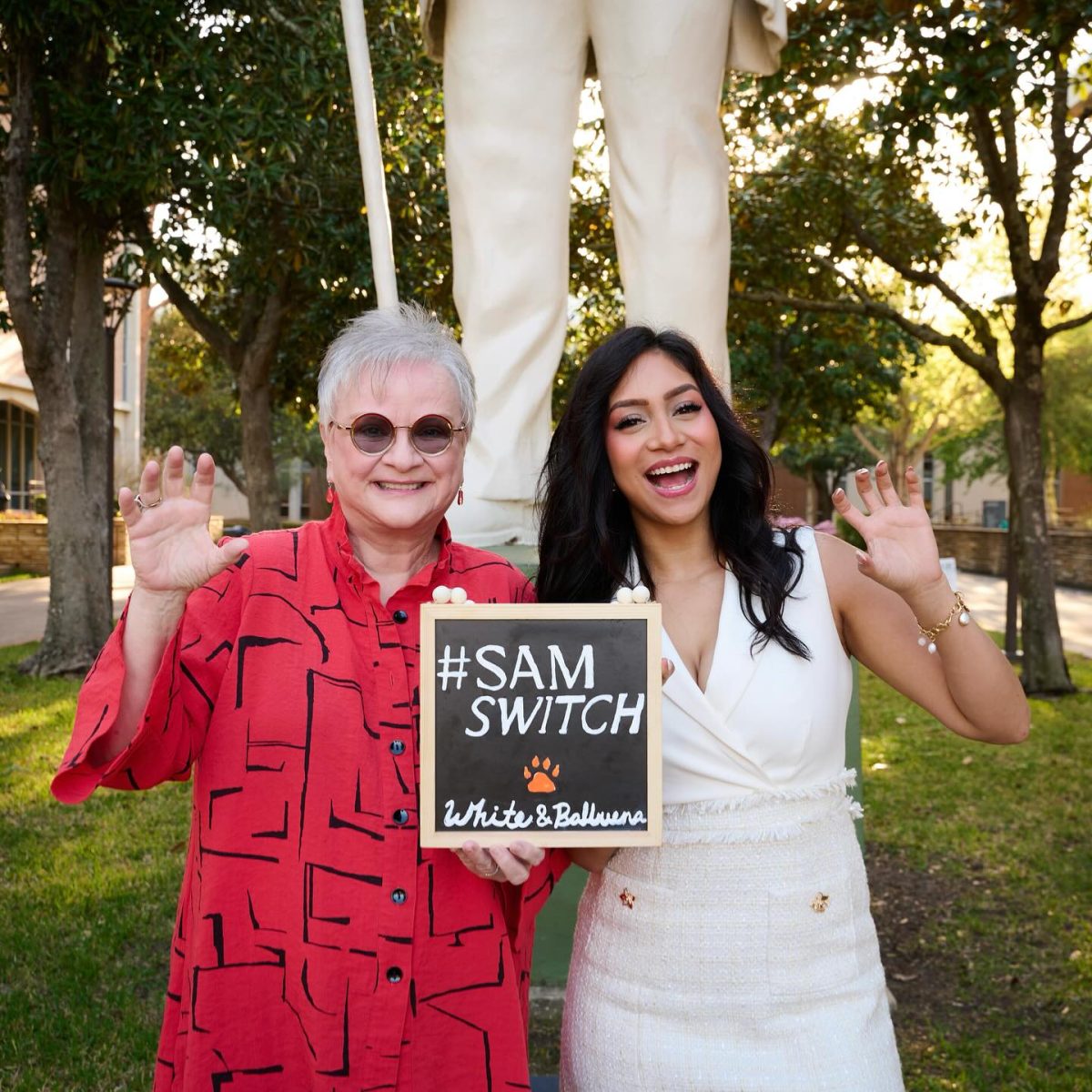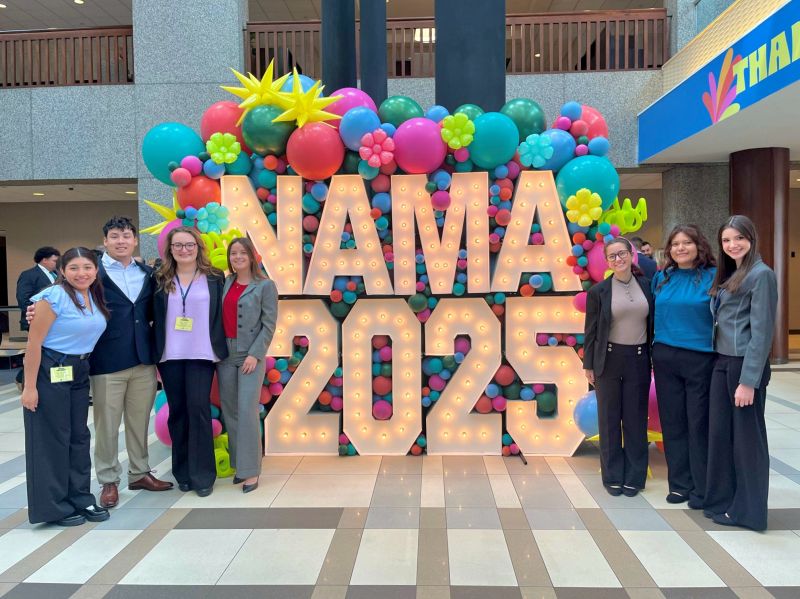The player has been dealt a bum hand. But before the dealer could cry”Victory!” and clear the table, the player paused…and fought back.Linda White, a bright-eyed, convertible-driving grandmother is fresh out of graduate school, Ph.D armed and taking the fight for criminal justice to new heights. But White, a SHSU adjunct psychology professor, is hardly the typical criminal justice poster gal.She smiles big at the mention of SHSU, at a stack of IHOP blueberry pancakesyet she can hardly mention her daughter’s name without a tear.Here, Linda White’s bum hand begins.Taking AwayCathy O’Daniel was probably much like her mothermany will never know after a chance meeting with two troubled men one November 1986 afternoon ended tragically for the 26-year-old. A kidnapping-turned rape-turned murder prematurely ended her life.It was an all too tragic end. White wept. So did many others, including Cathy’s young daughter, Ami.But when the tears were calmed, there was a transformation. LindaWhite played her trump card.Following her daughter’s death, White’s life dramatically changed. She adopted her then granddaughter and raised her as “daughter.” Then, the questions really began.Because so many questions regarding her daughter’s death were unanswered, White took an interest in her daughter’s killers. What had happened the day Cathy died? Why was she targeted? Why had the men resorted to death?”Crime is not black and white,” said White. To find answers to her questions, she would have to find them herself. A self-motivated study of psychology proved solacing. White began to understand things that previously puzzled her. The study turned into a passion.”I found the most helpful thing was reading about loss and griefit helped to normalize my experience and that of my family,” said White. “It also gave me something over which I had some control. We were so involved with the justice system all the time that I felt I lived in limbo, just waiting for the system to do its work.”White had never finished the college career she once began, but her studies led her back there. Ultimately, her passion was rewarded, in the form of a Ph.D. Years of intense study were impressive, but White wanted more.”You can be a victim of violent crime and not want to strike back in a violent way. You can reach out for something better,” White said.A New Way to CopeWhite did just that. Her “something better” was an aim to promote “restorative justice.”Restorative justice is a systematic approach to “restore” both victims and offenders of violent crime to a state of stability. Unlike textbook punishment, restorative justice emphasizes healing the wounds of victims, offenders and communities caused by crime. Basically, restorative justice seeks to address harm without doing further harm.”Our present system addresses harm, but often does more in the process,” said White of Texas prisons. The State of Texas recently implemented restorative justice programs in the prison system. In one such program, White met with her daughter’s killer in an inaugural Texas Department of Criminal Justice Mediation Program. During a series of groundbreaking face-to-face mediation sessions, White and Ami were able to confront one of Cathy’s killers.After the session, White saw her daughter’s killer was remorseful, but little was being done within the prison system to “restore” the offender. Through the mediation, the offender understood the consequences of his actions. Understanding, contends White, will lead to reduced recidivism: reduced recidivism equals reduced crime.This was White’s simple equation to an effective sentence, and theState of Texas seemed to feel this way too. The state’s “straight punishment” policy has been altered a bit and TDCJ now offers a Victim Offender Mediation/Dialogue (VOM/D) program.”If I believed punishment worked, then maybe I’d see it justifiable.But I don’t. There are great limitations on what punishment can do positively,” said White.White feels it’s “just too easy to serve a passive prison sentence.”She feels her mediation was effective because the offender’s participation forced him into “admitting guilt and accepting responsibility.”Giving BackWhite believes so strongly in restorative justice that she stays involved with many programs that promote it. Besides teaching, she is a member of Bridges to Life (a victim/offender encounter program), Murder Victims’ Families for Reconciliation, New Directions (a treatment center serving ex-offenders) and serves as a mediator with the Victim Offender Mediation/Dialogue.White is an adjunct professor of psychology at SHSU and teaches philosophy and psychology classes at three area prison units.”I guess I’m somewhat of a classical educator,” admits White. “I believe teaching is about making a life as well as a living.”White’s busy lifestyle all centers around furthering the idea of non-violence.”We [society] say that we decry violence but we consistently respond with violence in countless sectors of our society. I think one of the saddest, and most violent, aspects of our culture is how little we actually seem to care about one anotherhow uncivil we’ve become.”White found her winning hand.”All the things I do are an effort to do something constructive about violence,” said White. She said she does not see herself being “the source of more pain” for others.”There’s already enough pain in the world.”
Categories:
Professor promotes restorative justice
January 1, 1970
0
More to Discover







